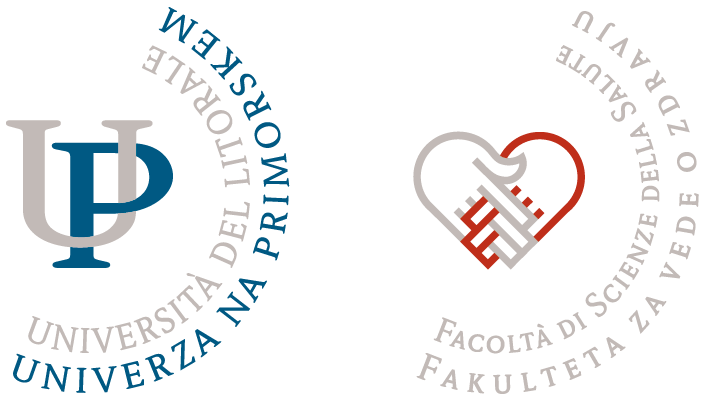Content
- Lectures: 35 hours
- Seminar: 10 hours
- Exercises 15 hours
- Independent work: 120 hours
Subject carrier
Description
Module 1 – Basic theoretical approaches studying motor control, neuroanatomy and neurophysiology
a. History of motor control studies
b. Basic overview of motor control theories
• Engram theory, motor programs, generalized motor programs, open and closed loop control, equilibrium point hypothesis and dynamic system theory.
c. Cerebral cortex:
• Topology of the cerebral cortex (hemispheres, structure of the corex, motor and sensory cortex, pemoror andother sensory areas);
• Cerebral information flow (afferent end efferent information, preparation of movement).
d. Cerebellum:
• Tipology (hemispheres, cerebellar nuclei, analogy of the homunculus with the cerebellum);
• Information flow (input and output information, role of the cerebellum in controlling movement).
e. Nuclei
• Topology (pyramidal and extrapyramidal system ad their interconnections, connectivity of the deep nuclei);
• Information flow (input and output information, direct and indirect connectivity, effects on movement control).
f. Ascending and descending paths:
• Ascending paths (afferent tracts in the spine, individual tracts);
• Descending tracts (individual tracts).
2. Module 2 – Motor learning
a. Characteristics of the movement learning process
• The importance of the motive and purpose of the movement action
• Self-knowledge / self-evaluation of motion competences and motion-sensing calibration
• The structure of motion variability through the process of motor learning
• Changes in the structure of movement variability as a result of fatigue and injury
• Implicit / explicit learning
• Stages of motor learning
a. Designing the process of motor learning
• Approaches to managing the variance of movement during the training process
• Transfer of movable skills / learning, consolidation, and interaction between exercise units
• Focusing attention during movement learning
• Structuring feedback in the process of motor learning
• The importance of representability in the process of movement learning
• Assisted movement in the process of motor learning
• Alternative methods of motor learning (neuro-feedback, optometric approach and similar)
• Determining the intensity of exercise skills
• Periodization of the process of learning motor skills
• Moving learning in virtual environments
3. Module – visual detection strategies.
a. Visible detection control:
• Physiology of vision;
• Characteristics of vision control (peripheral and central vision, saccade, micro-saccade, focusing, fixed vision, focusing attention).
• Examples of visual detection strategies in various sports (tasks of dealing with tactically demanding driving skills, tasks of interception)
• Examples of exercising visual detection strategies
g. Research methods:
• Electromyogram and electro-energogram;
• Sensory evoked potentials;
• Motor evoked potentials;
• CT, fMRI;
• Motor tests,
• Tracking and monitoring of movement responses
4. Module – control of motor patterns
a. Manipulation movements:
• Managing fine arm movements (neuromuscular and behavioral aspect)
b. Postural movements – upright posture:
• Control of the upright position (vertical position, role of the vestibular apparatus, role of vision, role of proprioception, postural adjustment).
c. Postural movements – locomotion:
• Locomotion (sequential walking and running structure, central centers of locomotion, central movement patterns, peripheral locomotion)
d. Ballistic movements:
• The importance of the structure of power;
• Central and peripheral control mechanisms (closed-loopback, servo control, alpha-gamma activation, explosive movement control (upper and lower extremities, bumps, target and vertical jumps), single- and multi-joint motion, pre-programmed reactions).
1. Module – Pathological states and movement control
a. Central nervous system lesions:
• Cerebral palsy, head injuries.
b. Impact of the aging process on motor control and motor learning
c. The influence of progressive pathologies of the central nervous system on motor control
• Changes in Parkinson’s disease (aspect of the speed of movement and fatigue);
• Overview of peripheral and central neurodegenerative diseases and their impact on motor control
a. Impact of pain as a modulator of motor control

